Field Diary
An Arctic adventure
Name: Jon Lars (Biologist, Norwegian Polar Bear Institute).
Location: Svalbard, Arctic Circle.
Day 1 - Home sweet home
In March, we went to our field camp on Barentsøya island in Svalbard (a group of islands far off the north of Norway). The camp is very basic with nothing but two small cabins, five beds and an area to make food – but it’s great to be back, tagging polar bears. The tags mean we can track the bears and learn more about them.
Day 2 - A cub at last!
When a curious female and her cub wandered by, we went up in the helicopter so we could safely dart them with a tranquilliser and put a collar on mum. The female turned out to be a local bear we already knew. We were so pleased to see she’s managed to raise her first cub after years of trying.
Day 11 - A secret ice cave
We found a den that a polar bear family had just left. This is where a mother gives birth and the temperature can be 0°C. But that’s warmer than outside, where it can be as cold as -30°C!
Read the full Go Wild diary including photos.
Polar Newsroom
Action Challenge
15+ minutes / Inside
Inspired by a real field diary for WWF’s Go Wild magazine, written from a scientist working with WWF, pupils will create their own field report entry taking inspiration from journalists and the news.
Learning outcome: Pupils will use persuasive writing or speaking techniques to produce journalistic news reports inspired by polar environments. They will convey facts, express emotions and advocate for environmental protection as responsible global citizens.
HBN FAQ Slice
Instructions
- Share the Go Wild polar bear field diary with the class.
- Let pupils know it’s now their turn to prepare a field diary!
- In groups, children should prepare either a verbal 30 second field report, or write one, for a news broadcast.
- Choose between roles of Lead Reporter, Wildlife Correspondent, Environmental Advocate, Studio Anchor or Interviewer.
- Reports must include an interesting fact, an emotive sentence and a call-to-action statement. Use our Top 10 facts on polar bears.
- Send pupils’ writing to us at Happy By Nature once finished happybynature@wwf.org.uk.
- Choose between roles of Lead Reporter, Wildlife Correspondent, Environmental Advocate, Studio Anchor or Interviewer.
Adaptations
- Reduce number of roles or length / complexity of report. Find the full version on our Go Wild children’s site.
- Mixed ability groups.
- No presentations, just team work.
Extensions
- Record or present your news broadcast to the class/teacher.
- Take your news bulletins and create a wider presentation on polar bears, or another polar species, to fundraise for WWF and wildlife protection.
Fact or Feeling
Creative Challenge
15+ minutes / Outside
Learn about the power of reflection through this real Go Wild field diary from a scientist working with polar bears in the Arctic.
Learning outcome: Pupils will analyse language to identify factual and descriptive words and sentences using a diary and their own observations. They will develop emotional literacy and communication skills, while fostering empathy, self-belief, and a deeper connection to the natural world.
Instructions
- Introduce the field diary as a scientists’ recordings of their activities when completing research in ‘the field’, aka on location wherever what they are studying exists in nature.
- Let the class know you’re playing ‘Fact or Feeling’ as you go through the field diary of a polar bear scientist.
- As you read each entry, children should identify one fact and one feeling from each section as a class.
- Next, it’s time for a Field Diary Relay: Create small relay teams within the class.
- Pupils should take turns visiting part of the school grounds / playground to make an observation and bring it back to share with their team, using facts/feelings as appropriate.
Adaptations
- Mixed ability groups of pupils.
- Tiered challenge options e.g. Do the relay inside, using the classroom or define their destinations more specifically.
- Use the full Go Wild diary.
Extensions
- Individual field diary exploration/writing.
- Create animal/plant fact files about something you’ve found.
Browse activities
-
Pillar: Exploring
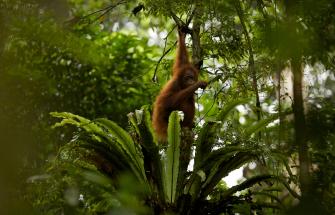 © naturepl.com / Tim Laman / WWF
© naturepl.com / Tim Laman / WWFExplore the forest of Borneo
-
Pillar: Exploring
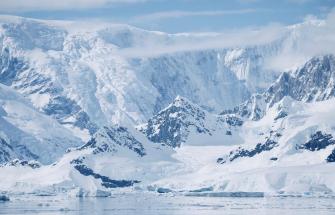 © Chris Johnson / WWF-Aus
© Chris Johnson / WWF-AusExplore the polar regions
-
Pillar: Caring
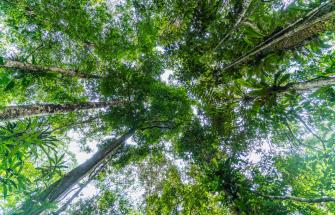 © Luis Barreto / WWF-UK
© Luis Barreto / WWF-UKListen to the Amazon rainforest
-
Pillar: Caring
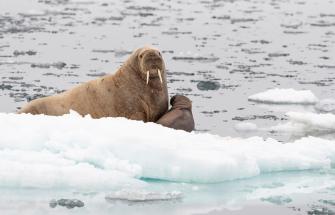 © Richard Barrett / WWF-UK
© Richard Barrett / WWF-UKWalrus from space - activity for schools
-
Pillar: Communicating
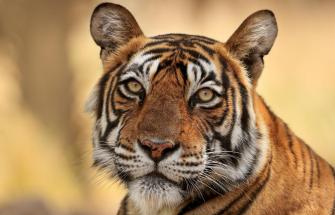 © Andy Rouse / naturepl.com / WWF
© Andy Rouse / naturepl.com / WWFForest inspired art
-
Pillar: Communicating
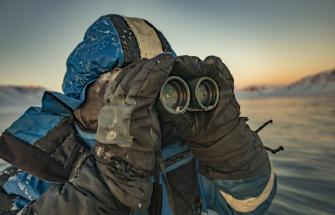 © James Morgan / WWF-UK
© James Morgan / WWF-UKPolar storytelling
-
Pillar: Reflecting
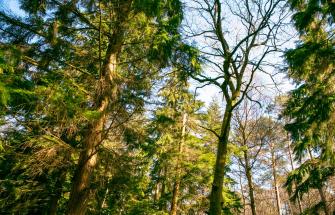 © Forestry England
© Forestry EnglandForest reflections with poetry
-
Pillar: Reflecting
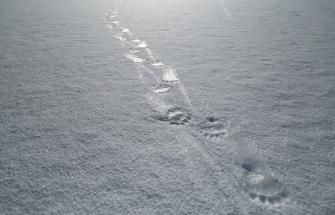 © WWF / Clive Tesar
© WWF / Clive TesarPolar Perspectives
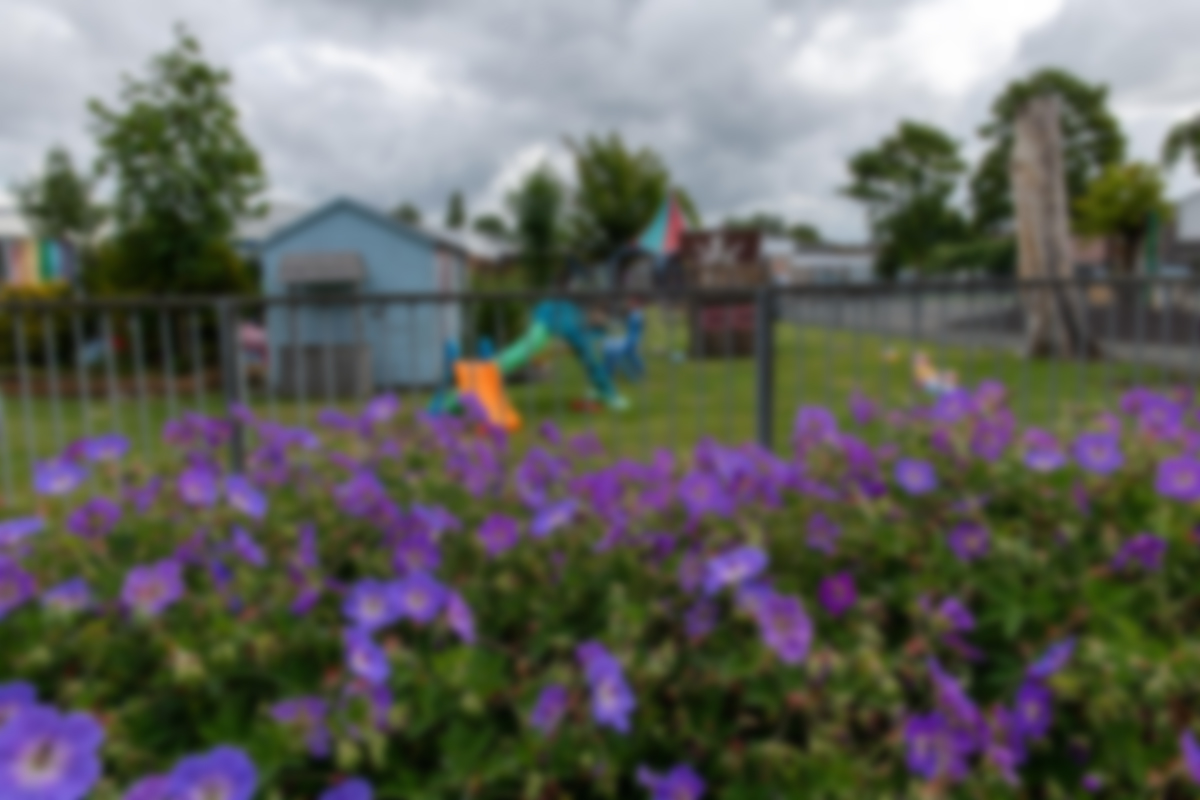
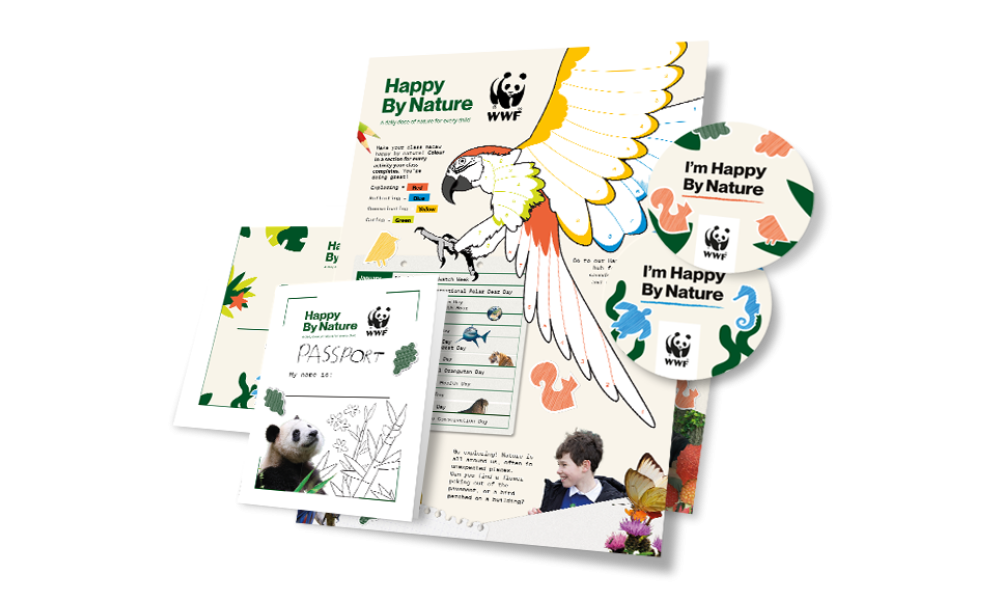
Get your FREE classroom pack
Get your FREE classroom pack
Bring nature into your classroom with a free pack of engaging primary resources to support learning and track progress. Includes a vibrant poster, pupil passports, stickers, and panda pawprint stamps.


